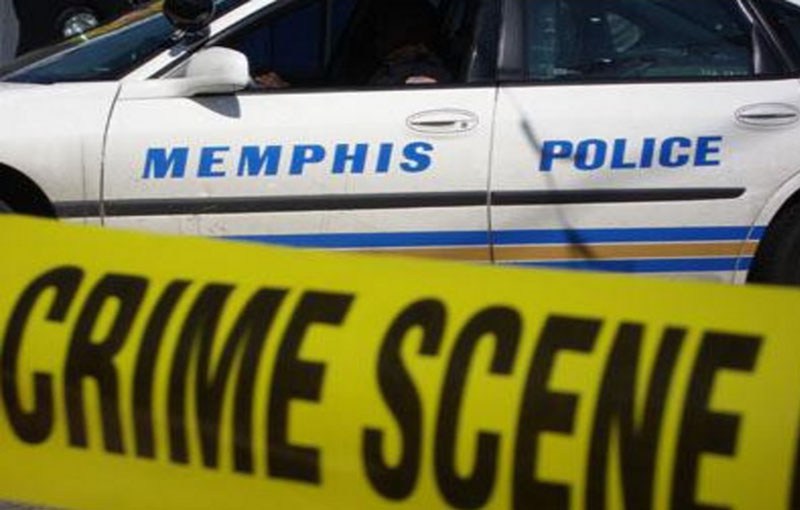The New Observer
April 10, 2016
An orgy of nonwhite violence since the beginning of this year has seen Memphis, Tennessee, beat even Chicago in the homicide rankings, with a 64 percent higher murder rate in the southern city.
Both cities are 70 percent nonwhite, but because Chicago has a much larger population, the murder rate per 100,000 people in Memphis is substantially higher.
According to a report in the local Commercial Appeal newspaper, Memphis has experienced a violent first three months with 60 people killed in 2016 at the end of March, compared to 35 homicides this time last year.
Those numbers mean that the homicide rate was 9.13 victims per 100,000 population.
In the same time period, 151 people had been killed in Chicago, but with a population of 2,722,389, the homicide rate is “only” at 5.55 per 100,000.
If the murder rate in Memphis continues at this pace, the city is on track to reach 240 homicides in 2016, shattering the previous record of 213 homicides in one year which was set in 1993. Last year, the city recorded 161 homicides.
Shelby County District Attorney General Amy Weirich told the newspaper that the caseload had quickly become “emotionally draining and difficult.”
The paper went on to point out that the violent crime spike was not just in Memphis and Chicago, but had affected a large number of other American cities as well, specifically Baltimore, Milwaukee, New Orleans, St. Louis, and Washington, DC.
Of course, the common factor in all these cities is a majority nonwhite population, something to which the controlled media would not even allude.
In common with all other areas dominated by nonwhites, Memphis has a poverty rate of 29.8 percent—more than double the national US rate of 14.8 percent.
Poverty rates for blacks are 34.4 percent, for Latinos 45.5 percent, and for non-Hispanic whites 13.5 percent.
A separate article in the Commercial Appeal revealed that the number of people living in poverty in Memphis metro-area suburbs surged over the last decade, coinciding with a national trend in which America’s suburban poor population grew at more than double the rate of urban populations.

